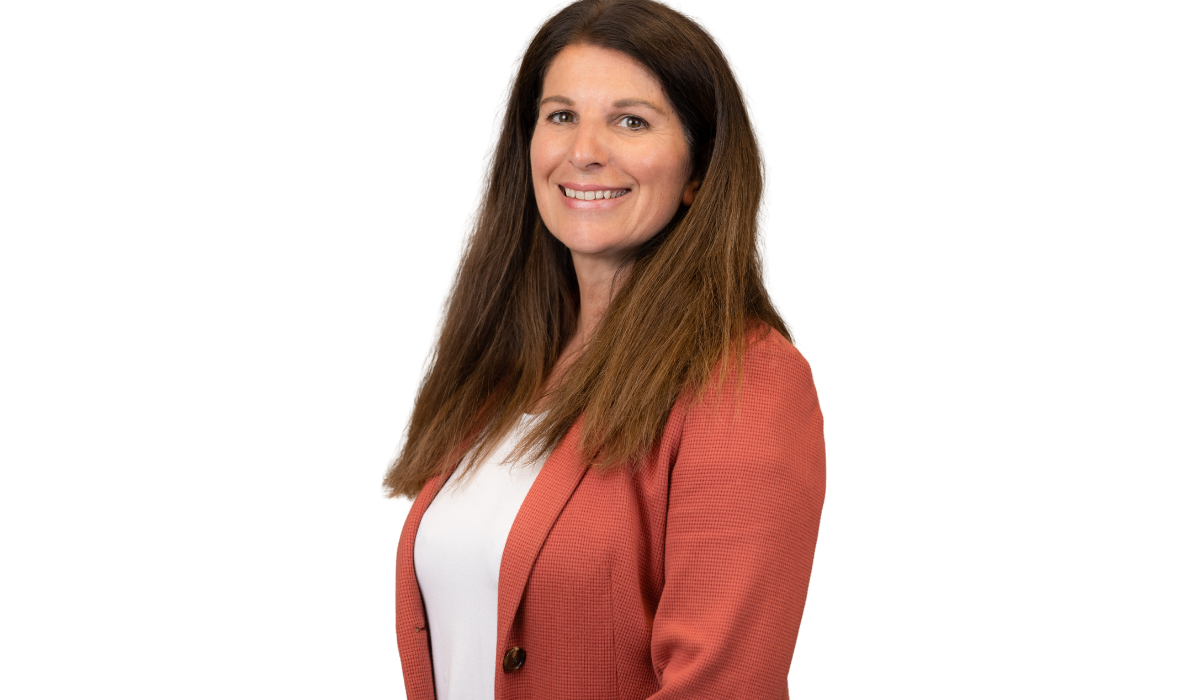
By Mark Banfield, Chief Commercial Officer at TeamViewer
Healthcare, like every other industry, has undergone massive digital transformation in the last decade but there is still a long way to go.
When we think about digitising workplaces, we think office workers sat at their desks and computers.
But in reality, a digital workplace can be anywhere that a worker is, hospitals, GP offices, in a patient’s home or even in a truck that travels to remote areas in the country.
And it is these workplaces that can often see the most benefits from digitising.
Healthcare worldwide face mounting challenges – ranging from a shortage of skilled professionals to overcrowded hospitals, rising costs, and ensuring equal access to care for all, regardless of geography.
These challenges are not unique to one region; they span both developed and developing countries, pushing the medical community to explore innovative solutions to deliver care more efficiently and effectively.
Technology, particularly remote connectivity and augmented reality, offers a pathway to addressing many of these critical issues.
By leveraging digital tools, healthcare providers can enhance their ability to serve patients in even the most challenging circumstances.
And this isn’t just in theory, healthcare providers across the world are seeing the results, and more importantly, so are their patients.
Tackling Skills Shortages: Bringing Specialists Anywhere, Anytime
The global shortage of healthcare workers – especially in rural or remote areas – has made it difficult to provide adequate care.
In Australia, aged care provider Uniting faced this issue head-on where limited access to skilled healthcare workers often delayed or complicated patient care. Particularly for those in rural and remote areas.
Through the use of augmented reality (AR) and smart glasses, paired with TeamViewer’s remote assistance, Uniting was able to bring specialists to the bedside virtually.

Mark Banfield
This allowed on-site caregivers to consult with experts instantly, reducing hospital referrals by 62 per cent and improving response times by 75 per cent.
This technology effectively closed the skills gap, enabling early detection of health issues and better clinical outcomes.
Equal Access to Healthcare: Extending Care to Remote Regions
Providing equal access to healthcare remains a pressing concern, particularly in underserved or hard-to-reach areas.
Mercy Ships, which operates two of the largest non-governmental hospital ships in West Africa, faces this challenge daily as it provides care to some of the world’s most isolated populations.
By using remote connectivity, Mercy Ships bridges the gap between their onboard staff and specialists across the globe.
For example, a surgeon can quickly consult a pathology expert in the US before operating on a patient, ensuring the highest quality of care.
This model of remote access could be invaluable for rural and remote areas of the UK, such as the Scottish Highlands, where specialist care is often difficult to access or many hours’ drive or even boat away.
Managing Overcrowded Hospitals and Reducing Costs
Overcrowded hospitals are a growing problem, particularly as populations age and more individuals require long-term care. Technology offers a solution here as well.
In the US, Integris Neuro uses TeamViewer’s remote connectivity solutions to monitor patients in their homes.
With constant electroencephalogram (EEG) monitoring and real-time data sharing, healthcare professionals can provide ongoing care without requiring patients to be hospitalised.
This not only frees up hospital space but also reduces costs by treating more patients at home, enabling timely interventions that improve patient outcomes.
The Future of Healthcare: A Tech-Enabled Revolution
The examples of Uniting, Mercy Ships, and Integris Neuro illustrate how technology is helping to address some of the most pressing challenges in healthcare.
Remote connectivity solutions are creating a more flexible and responsive healthcare system by enabling real-time collaboration between specialists and care providers, extending access to hard-to-reach populations, and reducing the burden on overcrowded hospitals.
Not only that but the return on investment can be almost immediate with the reduction in travel costs and reduced hospital admissions.
With technology being one of the rising costs in healthcare this is a significant deciding factor in what to invest in. Proven technologies with quick payback are key.
As technology continues to evolve, it will play an increasingly critical role in transforming how healthcare is delivered – making care more accessible, efficient and cost-effective across the world.






